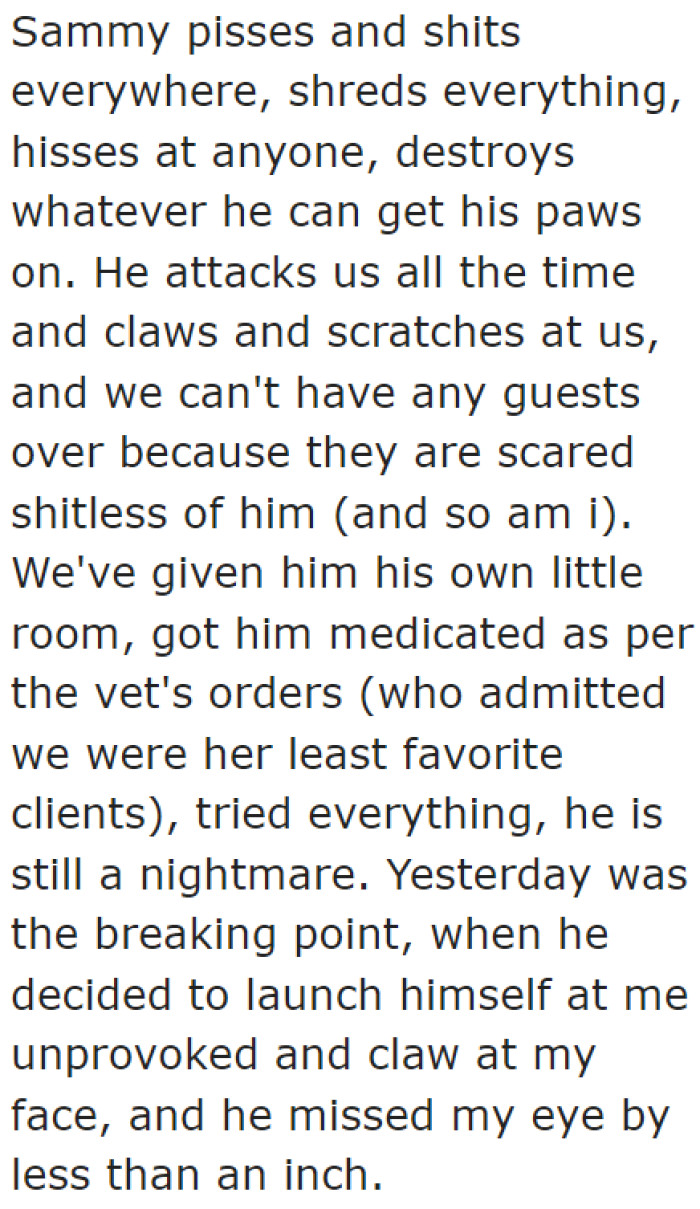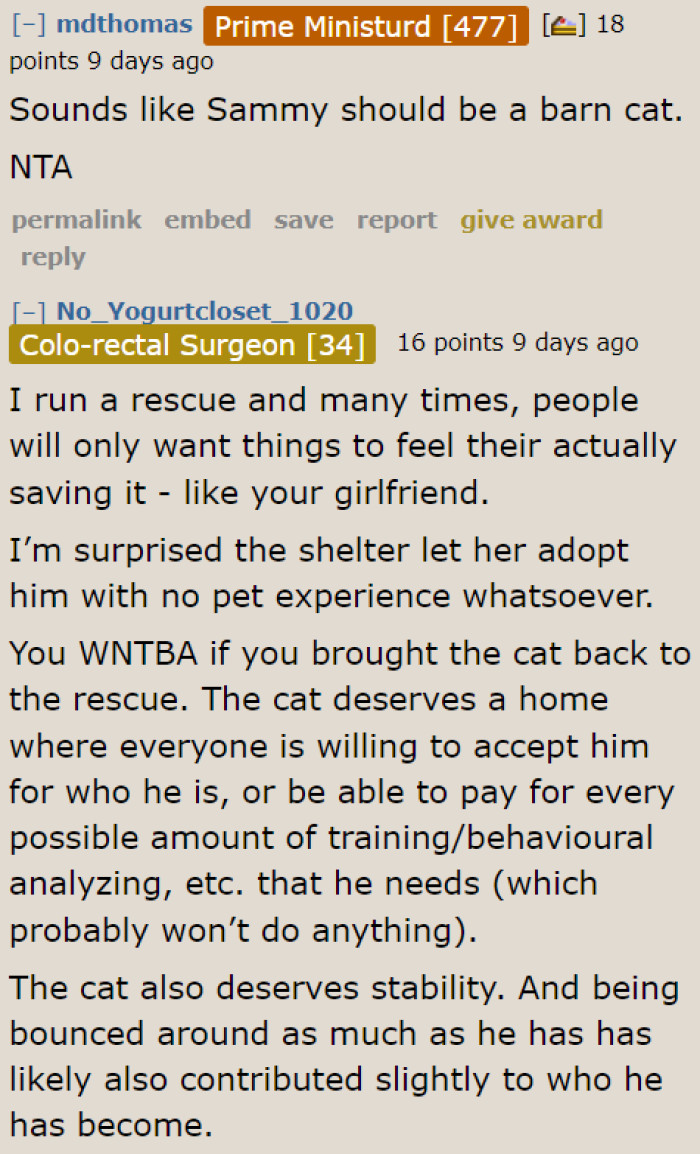For those embarking on their first journey as cat owners, an exciting array of considerations awaits. This is particularly pertinent for those who share their lives with family or a significant other.
Beyond the fundamental requisites, a nascent cat owner must embrace the prospect of reshaping their routines and lifestyles to accommodate their newfound furry companion. While the general perception leans toward cats being laid-back, akin to us humans, cats boast an assorted range of temperaments.
Rigidity in schedule emerges as a cornerstone of a cat’s existence. Consequently, a proprietor must institute an unvarying timetable encompassing nourishment, play periods, and the meticulous upkeep of the litter box.
Anticipatability can serve as an antidote to anxiety while furnishing an underpinning of stability for your feline friend. Those poised to tread the path of novice cat guardianship must also factor in the distinct demeanor of the feline they intend to welcome into their fold.
Opting for an adult cat bearing behavioral quandaries might not be the optimal choice for neophytes. The absence of prior encounters in addressing undesired conduct tends to sow tension for both the feline and its caretaker.
Manifestations such as aggression, incessant vocalization, or litter box quandaries can prove to be quite the ordeal to navigate, particularly for someone in the nascent stages of embracing cat companionship. This becomes all the more apparent as we delve into the narrative of cat aficionados featured in today’s account.
A gentleman turned to the “Am I The A**hole?” (AITA) forum to solicit opinions on whether he was in the wrong for returning a recalcitrant cat to the shelter. The feline in question had become a source of stress and an exhausting drain on the resources of the original poster (OP), courtesy of his girlfriend’s decision to adopt the cat with the most entrenched behavioral issues during an adoption event.
The OP finds himself contemplating the idea of relinquishing their cat back to the shelter due to the formidable challenges presented by its behavioral anomalies.

In their shared desire for a feline companion, a notable discrepancy emerges: the OP’s girlfriend proceeded to acquire a cat at an adoption event without prior consultation or consensus.

The girlfriend specifically chose a cat that appeared less likely to find a new home.

Their feline companion, named Sammy, falls into the category of high-maintenance pets, displaying an array of challenging behaviors.

Sammy’s behavior is outlined by the OP.

Fed up with the strain caused by the cat, the OP has made the decision that it’s time for Sammy to find a new home.

While some may perceive him as lacking the commitment to manage the problematic cat on a permanent basis, the OP is facing criticism for his choice.

Given the evident incompatibility between this cat and its present owners, the decision to return it to the shelter with the prospect of eventual adoption by someone willing to embrace its challenging behavior seems reasonable.

Entrusting this challenging cat to a novice was an ill-advised decision on the part of the rescue organization.

The time has come to reclaim Sammy and consider adopting two kittens instead. With proper training, this arrangement holds the potential for smoother experiences for all parties involved.

The responsibility for this situation lies with both the girlfriend and the adoption staff. The OP’s decision is a logical response rather than a fault of their own.

Ample justification exists for the OP to choose to return the cat, especially considering that even a friend declined to provide temporary shelter for it.

While the girlfriend’s emotional connection to the cat is understandable, it might be prudent to consider parting ways. Evidently, she undertook more than she could handle with this adoption.
If her desire for feline companionship persists, she could opt for adopting kittens. Additionally, involving the OP in decision-making regarding future pet choices would be crucial to avoid similar predicaments.

